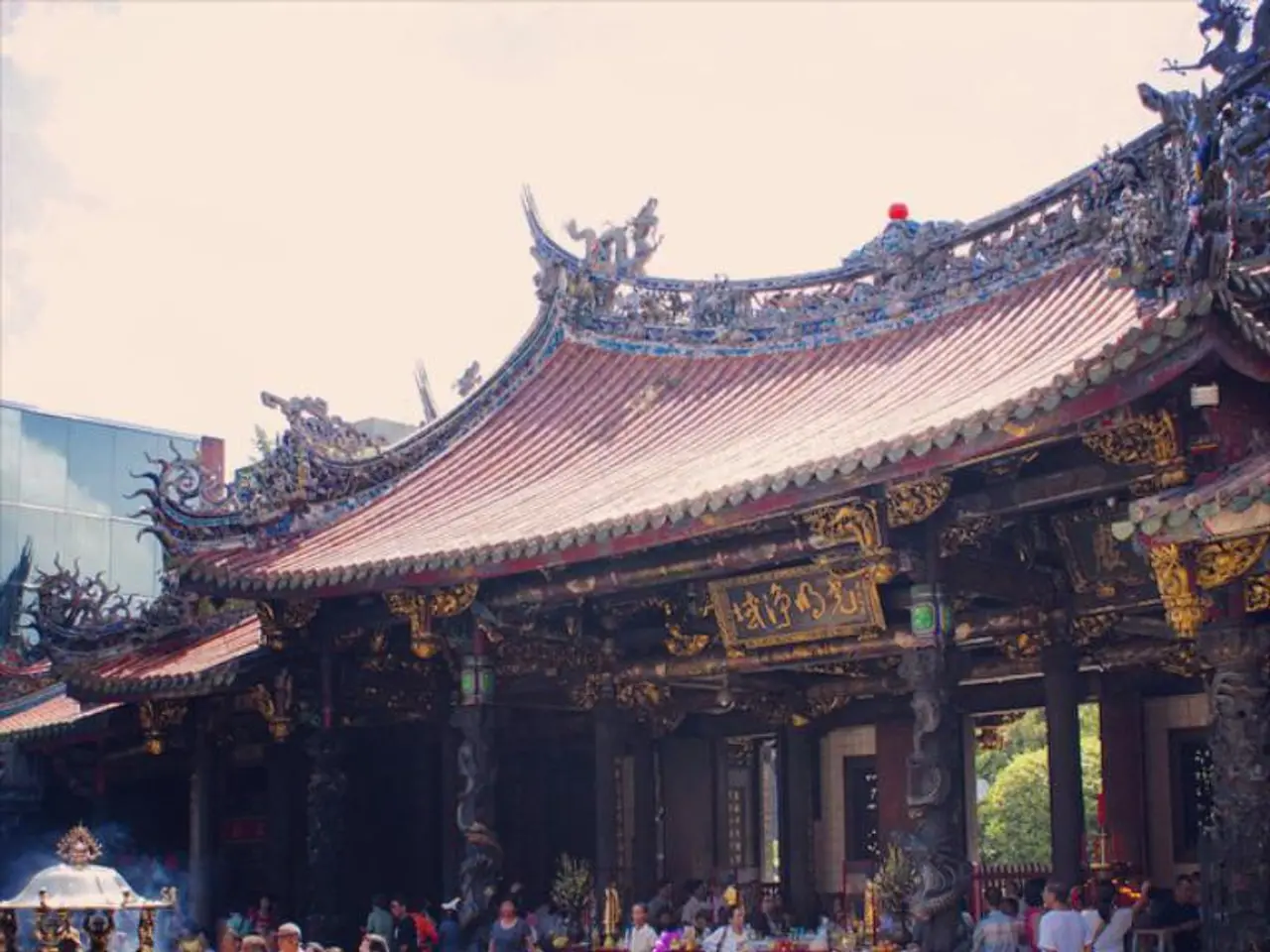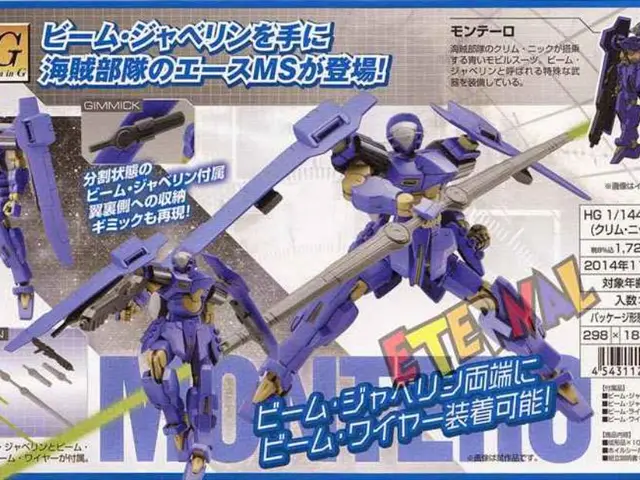Japan Excursion: Engrossing Journeys, Diverse Discussions, and the Relevance of Introspection
A student's recent trip to Japan has sparked a new research question about the evolution of the country's visual language from traditional art forms. This intriguing discovery was made during a course focused on the origins and effects of Japanese art practice, religion, and culture, with a close analysis of Buddhist art, calligraphy, ceramics, and tea.
The student initially delved into the materiality of Japanese art, focusing on ink and ceramics. However, during the trip, they were provided with organized activities to revisit topics and places discussed in class, as well as time for independent research. This immersive experience in Japan ignited their curiosity, leading to the discovery of a question that stood out to them.
The professor, recognising the purpose of the trip for research to be inspired and affected by experiences in the country, encouraged the student to shift their research topic to explore this new question.
The student's research reveals that contemporary graphic and information design in Japan evolved by deeply integrating traditional Japanese art forms such as ukiyo-e prints, calligraphy, and ceramics with modern design principles and technologies. This fusion created a distinctive aesthetic that retains traditional elements like flatness, bold colors, creative cropping, and an appreciation for negative space, while embracing modern graphic storytelling and commercial techniques.
Ukiyo-e, the Edo-period woodblock prints characterized by bold colors, flat perspectives, and mass production from the 1600s to 1900s, laid the groundwork for commercial graphic design in Japan. These prints influenced Western art and introduced Japanese visual aesthetics globally. Post-Meiji modernization incorporated these motifs with new techniques, including Art Nouveau influences, marking a stylized evolution of Japanese graphic prints and patterns from the late 19th to early 20th century.
Traditional calligraphy, emphasizing visual control through the flow and form of script, shaped a strong graphic sensibility in Japanese design. Modern designers integrate calligraphic elements minimally and interactively, using new materials and digital technology to marry traditional beauty with contemporary architecture and design projects.
While less directly cited, traditional ceramics contributed motifs, patterns, and an emphasis on texture and tactile aesthetics, which informed graphic patterns and visual rhythm in printed and digital design.
Post-war designers like Ikko Tanaka combined traditional techniques with global modernism to establish a unique Japanese identity in graphic design. Contemporary artists and designers build on this by blending traditional concepts such as negative space (ma) and mono no aware (beauty in impermanence) with popular culture elements like manga, anime, and the Superflat movement, which merges fine art with consumer culture and graphic design.
The advancement of graphic design included monumental projects such as the design guidelines for the 1964 Tokyo Olympics and Japanese graphic posters by artists like Yokoo Tadanori, which symbolize the blend of traditional aesthetics with modern commercial and international design trends.
Thus, contemporary Japanese graphic and information design emerged as a synthesis of traditional Japanese art values — calligraphic line work, flatness, symbolic motifs, and ceramics’ decorative qualities — with new media, storytelling forms, and global modernist influences, creating a vibrant, evolving visual culture unique to Japan but globally influential.
The student recommends self-reflection and group discussion as methods for finding direction in research. They also suggest reading as a means to immerse oneself in a topic when travel is not possible. For those interested in visual Japan, the student recommends keeping an eye out for classes with trips in the course catalogue for next semester's offerings.
The course, an art history seminar titled "Visual Japan: Past and Present," is taught by professor Andrew Watsky. The student also suggests immersive experiences, such as visiting an art museum or getting involved with Students for Prison Reform and Education Reform (SPEAR), can ignite curiosity. They also encourage their peers to share their findings and experiences to further enhance the understanding of visual Japan.
[1] Iwamoto, Y. (2013). Contemporary Japanese Graphic Design: A Cultural Perspective. John Wiley & Sons.
[2] Nishimura, T. (2012). Japanese Graphic Design: A Visual History. Laurence King Publishing.
[3] Nakamura, Y. (2007). Japanese Design: A History. Thames & Hudson.
[4] Matsui, T. (2005). The Japanese Art of Calligraphy. Tuttle Publishing.
[5] Saito, M. (2012). The Art of Japanese Calligraphy: Brushwork and Ink Techniques. Tuttle Publishing.
- The student's travel to Japan expanded their research questions to encompass not only the evolution of the country's visual language, but also the intersection of traditional art forms with contemporary graphic design, such as ukiyo-e prints, calligraphy, and ceramics.
- In a lifestyle focused on education and self-development, the student recommends incorporating travel, immersive experiences like museum visits, and independent research, as well as literary resources like [1], [2], [4], and [5], to deepen one's understanding of the unique visual culture of Japan.




